How a Tonic Wine Brewed by Monks Became the Scourge of Scotland
Despite its pious origins, Buckfast has become associated with hooliganism.
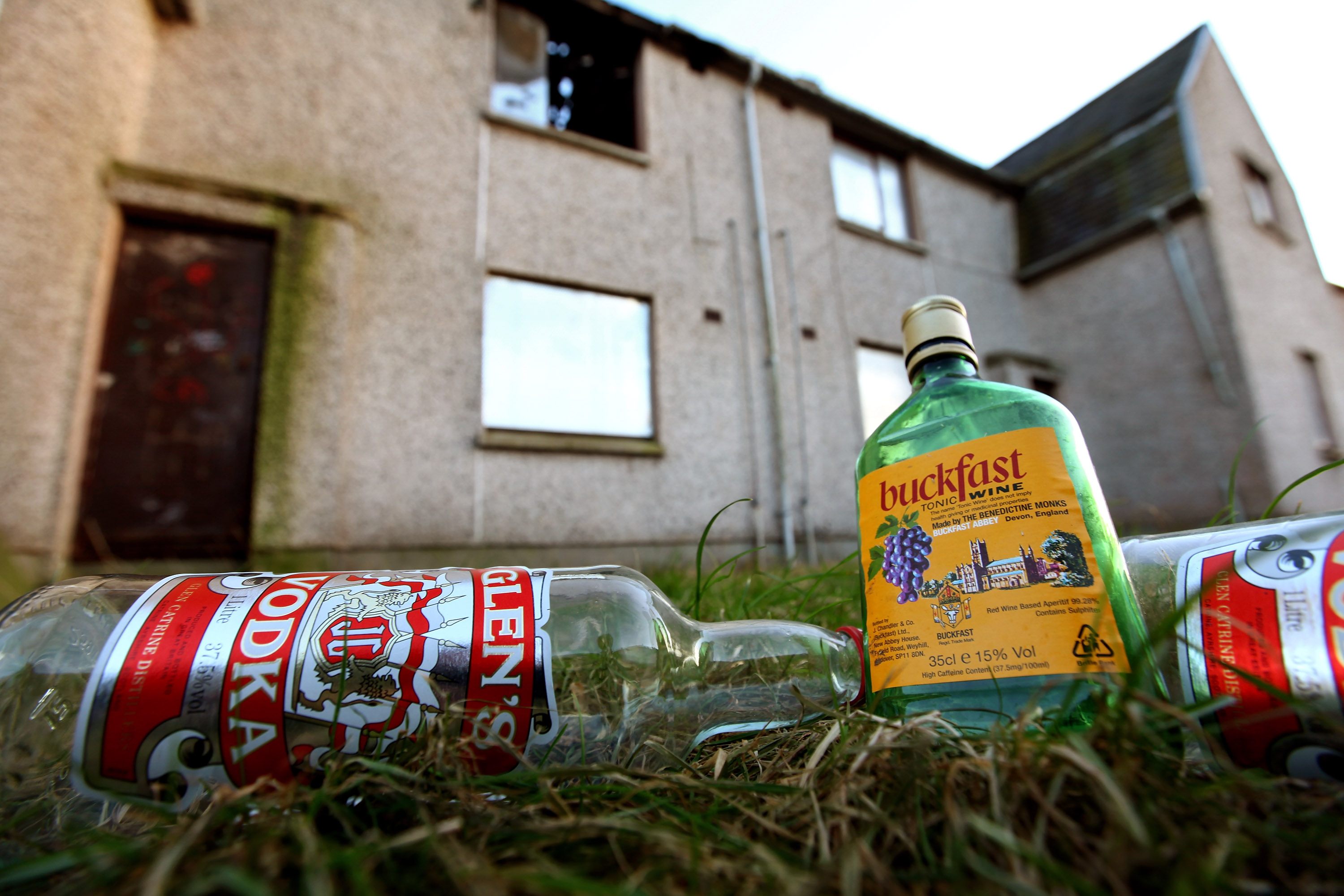
Some of Britain’s last Benedictine monks, based in Devon, brew a tonic wine that many say tastes of a mixture of cough medicine and fruit bubblegum. Somehow, it’s become the drink of choice for violent Scottish offenders some 450 miles away.
At £7 ($9) a bottle, Buckfast tonic wine isn’t the cheapest alcoholic drink you can buy in Scotland. And at 15 percent alcohol, it isn’t the strongest, either. For the vast majority of people, it would be a stretch to call it the tastiest. (Satisfied customers who’ve bought it on Amazon would beg to differ, saying it tastes like “tears of angels” or the “elixir of life.” One adds: “They say it has no medicinal properties. But I am pretty sure they are lying.”)
What it might be, though, is the most incendiary. Though Buckfast accounts for barely half a percent of Scotland’s total alcohol sales, in 2015 one Scottish Prison Service survey found that over 40 percent of inmates had drunk some quantity of the stuff before their last offense. Of these, many were violent. (Some enterprising inmates had drained the glass bottle dry and then found it a handy solution for a weapon.) “The Buckie made me do it” is apparently the classic defense.
Where Buckfast really packs a punch is in how much caffeine it has: a single 750ml bottle has 281 milligrams, or around as much as 10 cans of Coke. It might well be illegal in the U.S., where the Food and Drug Administration has banned drinks that combine alcohol and caffeine. In 2014, late lamented American party drink Four Loko was forced to change its recipe and strip out the stimulants that earned it its “blackout in a can” reputation.
You’re probably not supposed to drink a whole bottle of Buckfast, which would get you as drunk as around 11 British shots*, but people certainly do. The consequences can be messy.
The recipe itself is top secret, allegedly known only to one of the Buckfast Abbey monks. Essentially, it’s a fortified wine flavored with vanillin and packed full of preservatives and caffeine. Most of all, it’s powerfully sweet—no spoonful of sugar required to make this medicine go down.

The monks say Buckfast has all kinds of fans, including “little old ladies” pouring out a medicinal dram after dinner. But they probably aren’t the Scottish drinkers going on Buckie-fueled rampages. Instead, the Scottish press points at “neds,” local hooligans from poorer housing developments in cities like Glasgow and Dundee. “Ned,” as a term, is sometimes controversial—politicians have said that it’s classist and degrading and encouraged people not to use it.
While it almost certainly doesn’t stand for “Non-Educated Delinquent” as popular folklore suggests, the connotations are clear. (In 2003, then-politician Duncan McNeil suggested alternative terms could be “the guys that hang about the streets” or “tracksuit ambassadors.”)
The monks, for their part, aren’t delighted about the link. In the past, they’ve chalked up the controversy to anti-religious sentiment and refused to comment when Buckfast has made lurid headlines. If it were banned in Scotland, they say, those committing crimes would simply change their drink of choice, and it just isn’t fair to blame problems of massive deprivation on some monks at the other end of the country. Since the 1990s, they’ve been asked to change the recipe by reducing either the alcohol or caffeine content: they continue to refuse.
Whether intentionally or not, Buckfast’s booming popularity in Scotland doesn’t exactly hurt them—in 2016, they made nearly £9 million ($11.6 million) from sales of the drink. And as they’re a religious order, they don’t pay taxes on those millions.

Buckfast Abbey, where the monks live and the drink is brewed, is hours and hours away from Glasgow. No one’s exactly sure how the wine became so popular with the local louts of the cities at the opposite end of the country. The monks have suggested that it might have something to do with the traditionally Catholic fans of Scottish football club Celtic FC developing a taste for their holy drink as a pre-match aperitif in the 1970s.
But there’s evidence to suggest that Scots have had a taste for Buckfast, variously known as Wreck the Hoose Juice, Commotion Lotion, Bottle of Fight the World, Liquid Speed or Scranjuice, for much longer than that. In adverts for wine shops in 1930s Scottish newspapers, it’s the only drink they bother to mention by name.
It’s possible that Scots developed a taste for Buckfast because of its supposedly medicinal properties. In 1921, changes in licensing laws meant that alcohol could only be bought between 11:30am to 3pm and 5:30pm to 10pm on weekdays—and not at all on Sundays. But Buckfast, which was sold at pharmacies as medicine as well as in wine shops, could be bought any time. As late as the 1960s, it was marketed as “a splendid pick-me-up that restores zest and sparkle,” available at all good chemists.
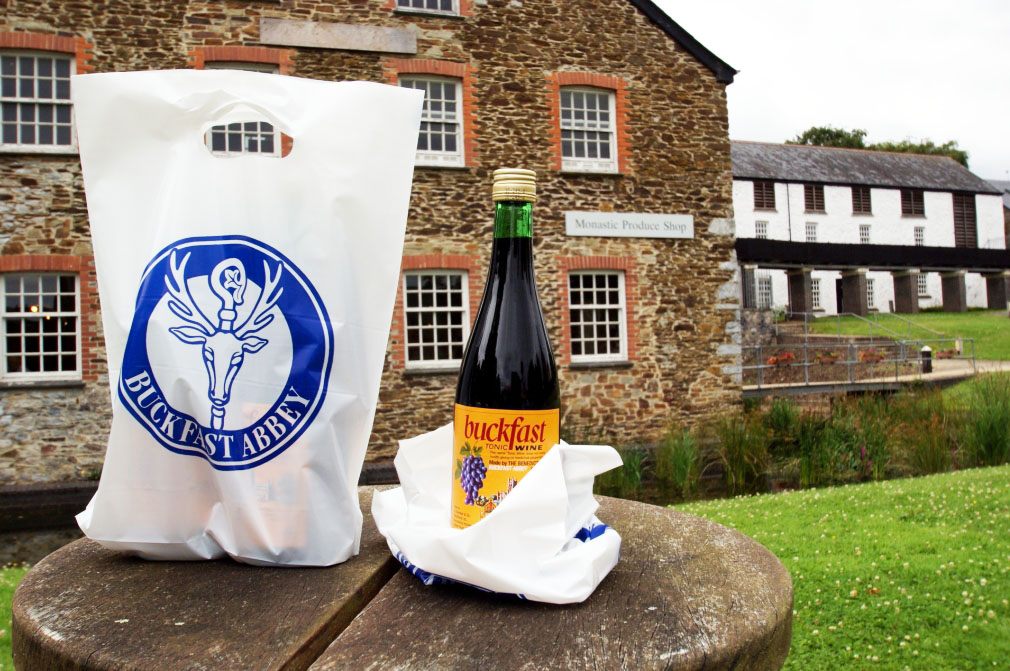
Whatever the explanation, Buckfast seems firmly established in the Scottish culinary canon, along with stand-outs like super-sweet fudge lookalike “tablet,” deep-fried Mars bars, and the Munchy Box. Butchers flavor meat with it, shops use it to sell Easter eggs, and the issues of violence and crime it’s associated with continue to mushroom.
Meanwhile, down south, London hipsters may be beginning to develop a taste for the drink. At taqueria and bar Bad Sports, in trendy Hoxton, bartender and Glaswegian Stu Bale mixes it with gin and Campari to make their signature Coatbridge Negroni. “Buckfast has nice tannins and it’s fruity, so it makes a valid substitute for red vermouth,” he told Vice. It might get you hammered, he says, but “if you know what you’re doing, you can make something taste really delicious.”
*Update: This article has been updated to reflect the alcohol content of Buckfast. Eleven British single shots is roughly six American single shot measures, depending on the state.
Gastro Obscura covers the world’s most wondrous food and drink.
Sign up for our email, delivered twice a week.








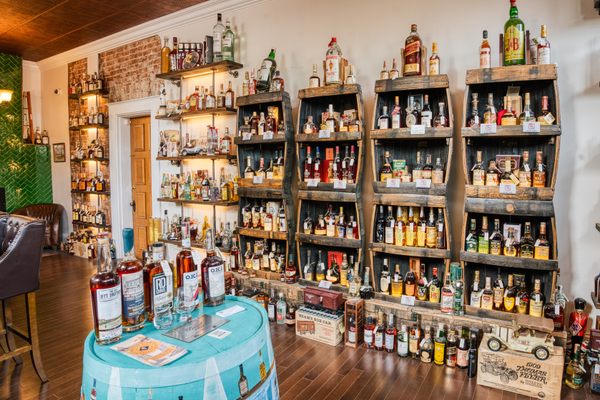







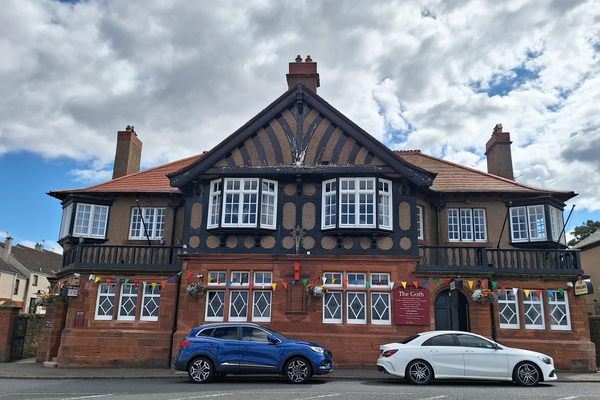
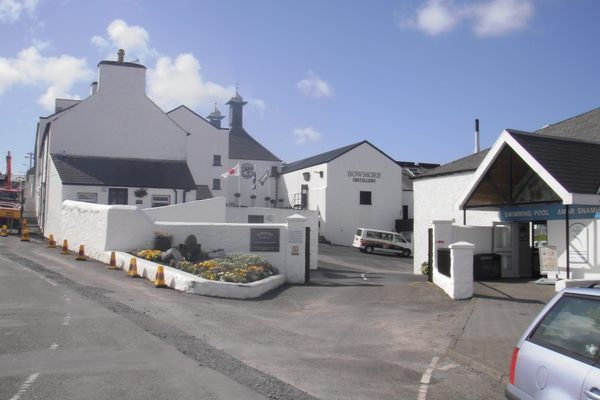


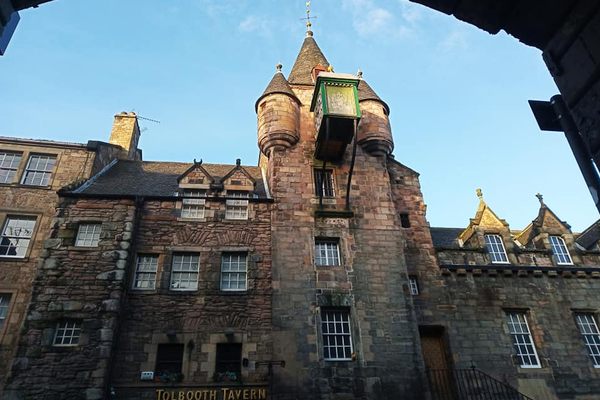




Follow us on Twitter to get the latest on the world's hidden wonders.
Like us on Facebook to get the latest on the world's hidden wonders.
Follow us on Twitter Like us on Facebook